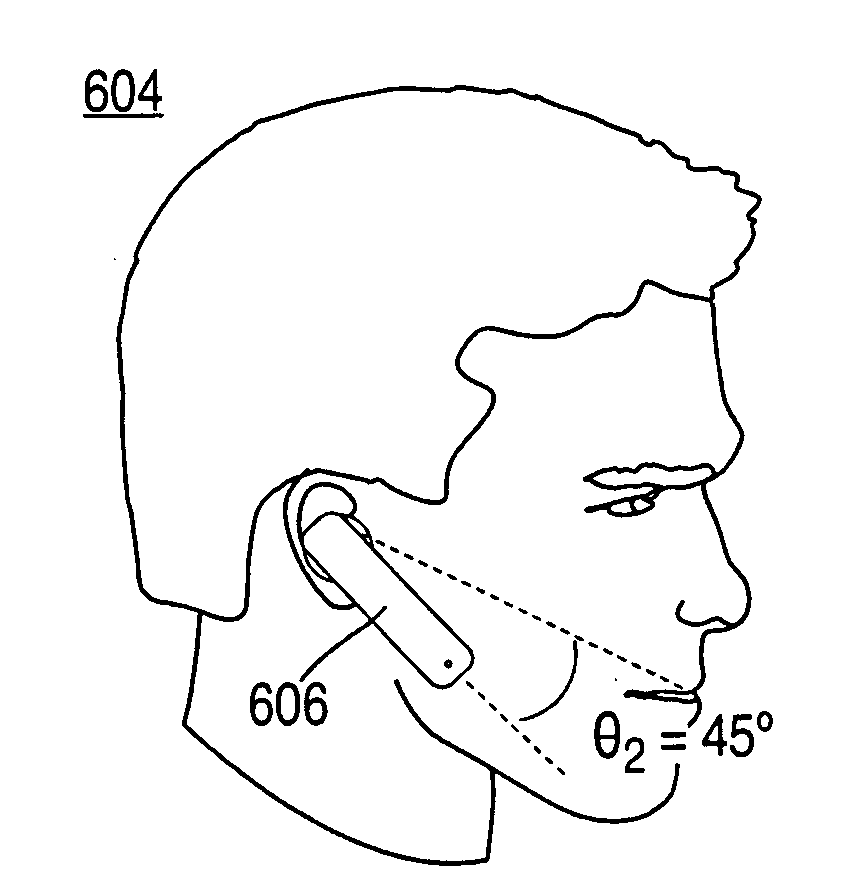Systems and methods for noise cancellation and power management in a wireless headset
a wireless headset and power management technology, applied in power management, instruments, high-level techniques, etc., can solve the problems of bulky devices, increased power supply needs, and relatively short battery life of wireless headsets, so as to improve the operation of the noise cancellation system, filter out ambient noise, and filter out ambient noise.
- Summary
- Abstract
- Description
- Claims
- Application Information
AI Technical Summary
Benefits of technology
Problems solved by technology
Method used
Image
Examples
Embodiment Construction
[0027]Although particular embodiments and devices are described herein, one skilled in the art can appreciate that the concepts of the invention can be applied to different types of noise cancellation systems, different types of wireless headsets, and to devices other than wireless headsets.
[0028]FIG. 1 is a drawing depicting an illustrative wireless headset telephonic communication system 100 in accordance with an embodiment of the invention. System 100 can include telephone 102 and wireless headset 110, which can be electrically coupled to each other by way of cable 106. (As used herein, the term “coupled” should be understood to generically encompass both direct and indirect connections between two structures, including physical connection through intermediate mechanical modules, electrical modules, or any other suitable components or combinations thereof, as well as connections that are wireless or that can occur through communication passing through electrical modules, wiring, ...
PUM
 Login to View More
Login to View More Abstract
Description
Claims
Application Information
 Login to View More
Login to View More - R&D
- Intellectual Property
- Life Sciences
- Materials
- Tech Scout
- Unparalleled Data Quality
- Higher Quality Content
- 60% Fewer Hallucinations
Browse by: Latest US Patents, China's latest patents, Technical Efficacy Thesaurus, Application Domain, Technology Topic, Popular Technical Reports.
© 2025 PatSnap. All rights reserved.Legal|Privacy policy|Modern Slavery Act Transparency Statement|Sitemap|About US| Contact US: help@patsnap.com



